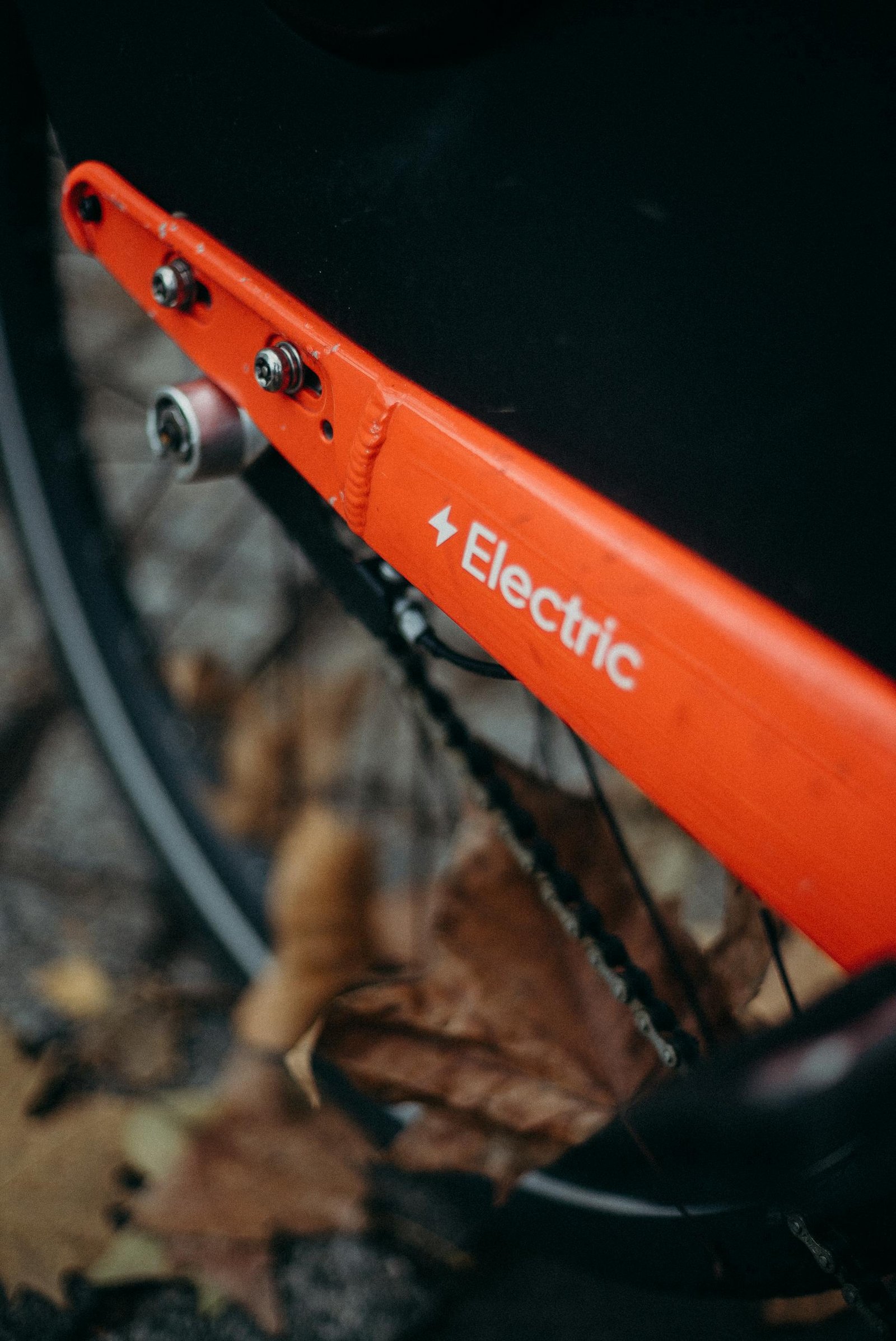Why E-Bikes Are the Future of Commuting: A Revolution in Urban Transportation
Picture this: It’s Monday morning, and while others sit frustrated in traffic, you’re cruising past them with a smile on your face, arriving at work energized, not exhausted. This isn’t a fantasy—it’s the reality for a growing number of e-bike commuters. Let’s explore why electric bikes are revolutionizing urban transportation and why they might be your next smart commuting choice.
The Urban Commuting Crisis
Before diving into solutions, let’s acknowledge our current situation. The average American spends 54 hours per year stuck in traffic, burning both fuel and time. Urban areas are increasingly congested, parking costs continue to rise, and environmental concerns are mounting. Traditional solutions aren’t keeping pace with our growing cities, but there’s a revolution happening on two wheels.
The E-Bike Boom: Numbers Tell the Story
The statistics are compelling:
- E-bike sales jumped 240% in the last 12 months
- The global e-bike market is expected to reach $118.6 billion by 2030
- 65% of e-bike commuters report they purchased their e-bike specifically to replace car trips
This isn’t just a trend—it’s a transformation in urban mobility. Let’s explore the four key benefits driving this change.
1. Environmental Impact: A Greener Way Forward
Carbon Footprint Reduction
When compared to cars, the environmental benefits of e-bikes are striking:
- A car emits about 404 grams of CO2 per mile
- An e-bike emits just 22 grams of CO2 per mile (including charging emissions)
- Switching to an e-bike for a 10-mile daily commute saves 2.5 tons of CO2 annually
Urban Air Quality
Cities with strong e-bike adoption have reported:
- 25% reduction in nitrous oxide levels
- Significant decrease in particulate matter
- Lower noise pollution levels
2. Financial Freedom: The Cost-Effective Choice
Initial Investment vs. Long-term Savings
Let’s break down the numbers:
Annual Commuting Costs (10-mile daily commute):
- Car: $8,000+ (fuel, maintenance, insurance, parking)
- Public Transit: $1,200 (varies by city)
- E-Bike: $750 (including purchase amortized over 3 years, maintenance, electricity)
Hidden Savings
- No parking fees
- Lower maintenance costs
- No fuel costs
- Reduced healthcare costs due to increased activity
- Potential insurance savings
- Tax incentives in many regions
3. Health Benefits: Exercise Without Exhaustion
Physical Wellness
E-bike commuting offers unique health advantages:
- Burns 400+ calories per hour (compared to 550 on a regular bike)
- Lower impact on joints than traditional cycling
- Adjustable assistance for varying fitness levels
- 20% increase in cardiovascular fitness after 6 months of regular use
Mental Health
Research shows e-bike commuters experience:
- 55% lower stress levels than car commuters
- Improved mood and mental alertness
- Better sleep patterns
- Enhanced work productivity
4. Unmatched Convenience
Time Savings
- Predictable commute times unaffected by traffic
- No parking hassles
- Door-to-door transportation
- Average e-bike commute is 10% faster than car travel in urban areas
Practical Advantages
- Easy storage at home and work
- No license or registration required
- Access to bike lanes and shortcuts
- No sweaty arrival at work
- Cargo capacity for groceries and essentials
Comparing Transportation Options
Let’s examine how e-bikes stack up against alternatives:
vs. Cars
Advantages:
- No traffic jams
- No parking costs
- Lower environmental impact
- Exercise included
- Lower operating costs
Challenges:
- Weather exposure
- Limited cargo capacity
- Range considerations
vs. Public Transit
Advantages:
- Door-to-door service
- No schedules to follow
- Social distancing
- Often faster
- More enjoyable
Challenges:
- Initial investment
- Secure parking needed
vs. Traditional Bikes
Advantages:
- Less physical exertion
- Longer range
- Higher average speed
- Better for hilly terrain
- Sweat-free arrival
Challenges:
- Higher purchase price
- Battery charging needed
The Future of Urban Commuting
Infrastructure Development
Cities are increasingly investing in e-bike-friendly infrastructure:
- Protected bike lanes
- Secure parking facilities
- Charging stations
- Integration with public transit
Technological Advances
Coming improvements include:
- Longer battery range
- Faster charging times
- Smart navigation systems
- Enhanced safety features
- Better weather protection
Making the Switch: Your Next Steps
Ready to join the e-bike revolution? Here’s how to get started:
- Test Ride First
- Visit local e-bike shops
- Try different styles and models
- Experience various assistance levels
- Consider Your Commute
- Map your route
- Identify secure parking
- Plan for weather conditions
- Start Gradually
- Begin with good weather days
- Build confidence on quiet streets
- Gradually increase riding frequency
More on the matter in How to Choose the Perfect Commuter E-Bike: The Ultimate Beginner’s Guide
The future of commuting is here, and it’s electric. Don’t wait for others to lead the way—be part of the transportation revolution. Schedule a test ride at your local e-bike shop this week. Your wallet, your health, and our planet will thank you.
Remember: Every journey begins with a single step—or in this case, a single pedal stroke. The only question is: When will you make yours?







